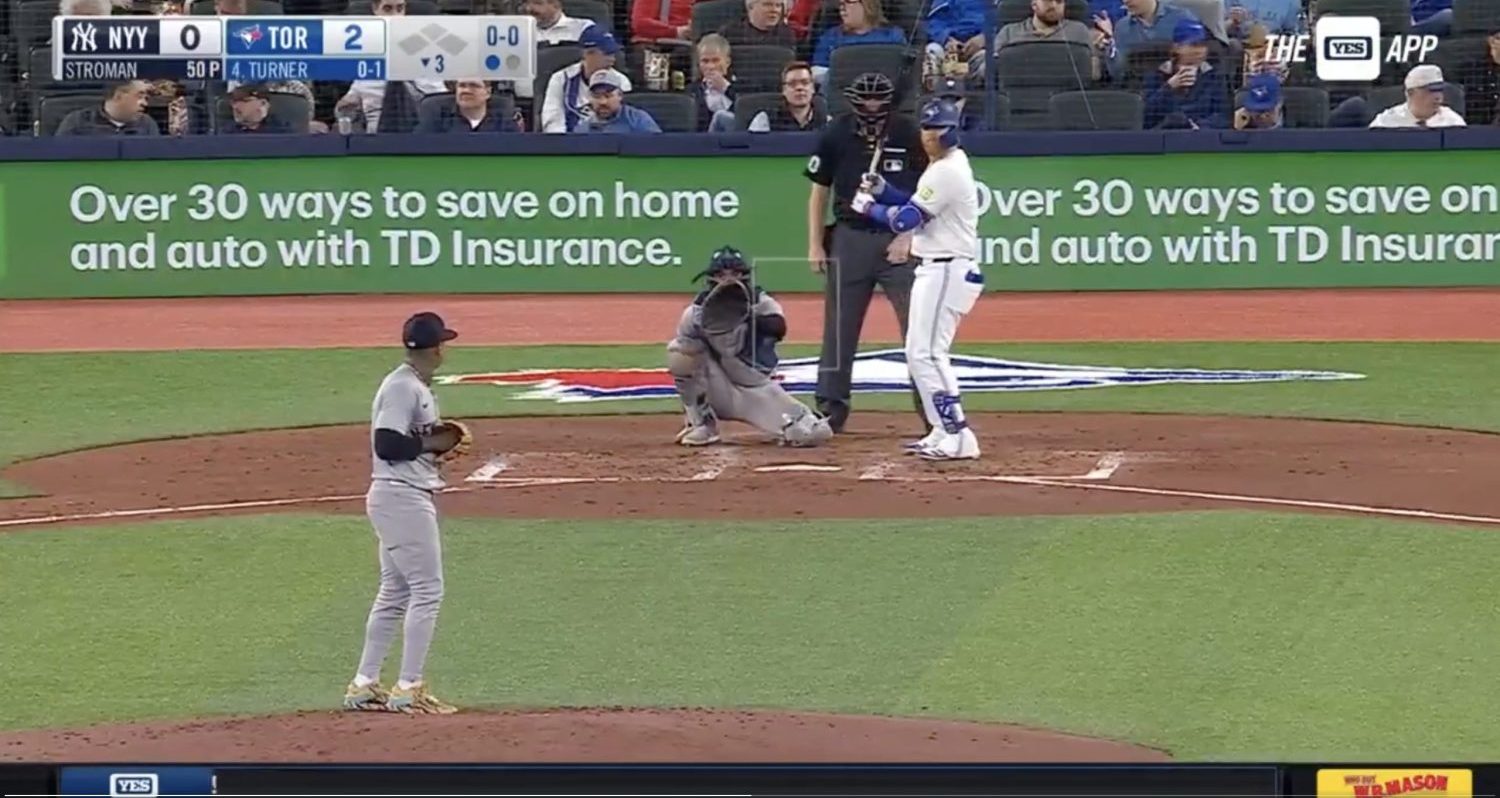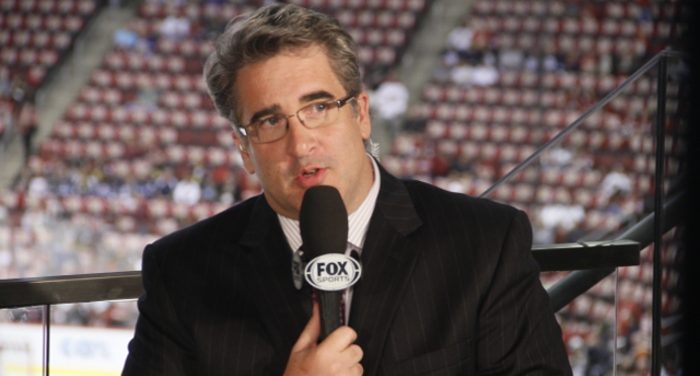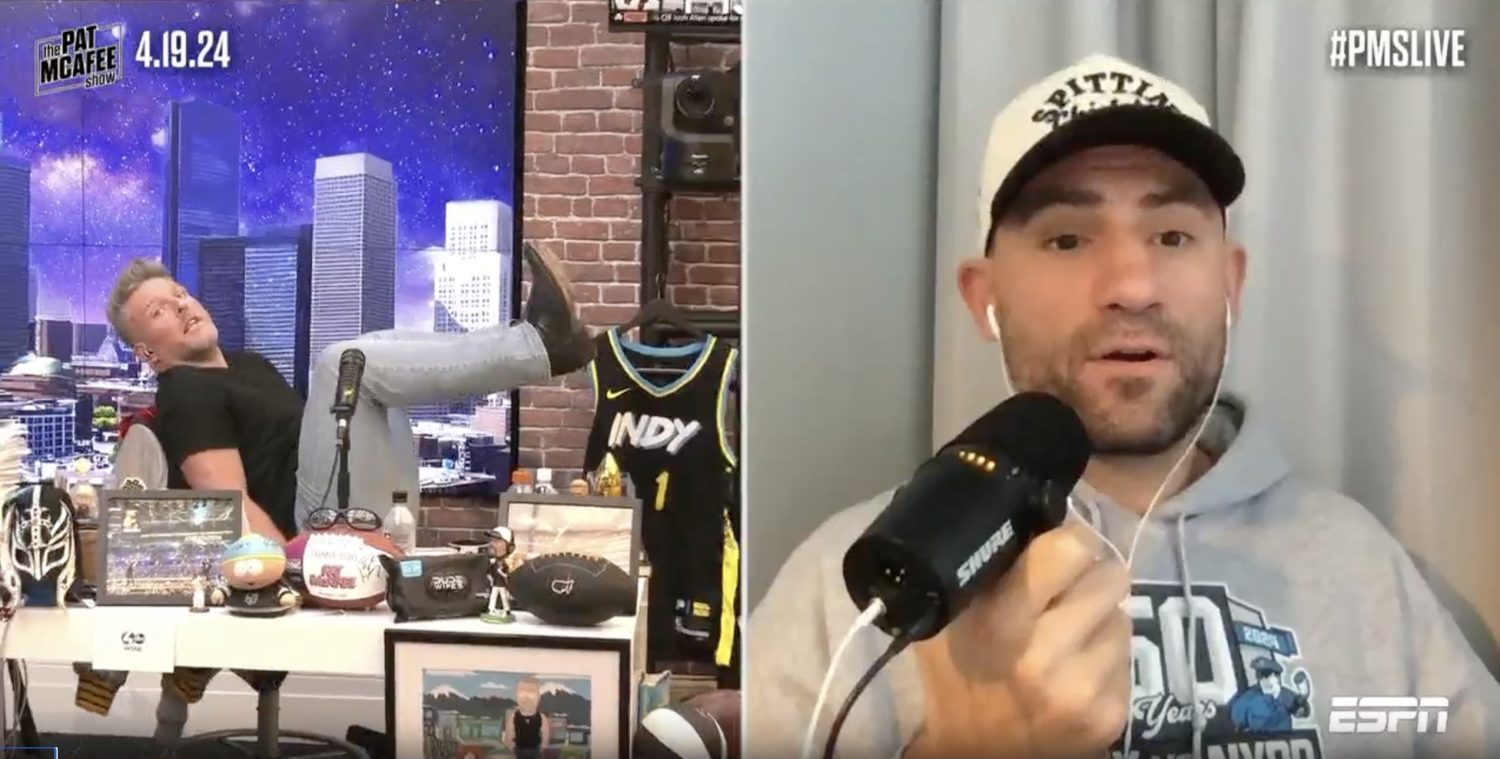The television industry is facing a debate about the foundation of its very existence. A la carte cable pricing has been a major topic of interest in the last year as the idea has gained momentum in Washington DC and elsewhere, threatening the established cable and satellite packages that exist at the moment. At the heart of the debate is ESPN, who receives almost $6 every month from each and every one of their 97 million plus subscribers whether they watch the channel or not.
There are arguments to be made both for and against a sweeping transformation. Those in favor of a la carte pricing see it as a victory for consumers who would only have to pay for the channels they want to watch. Imagine a 65 year old grandmother in Nebraska that watches daytime soaps and Lifetime who wouldn’t want to pay a dime for ESPN. Those against a la carte pricing believe it will actually hurt consumers and drive up costs across the board as people pay for individual channels. Some estimate ESPN could charge as much as $30 per month in an a la carte world.
ESPN is firmly entrenched in the camp of keeping things the way they are in the cable world. At a recent conference sponsored by The Wrap, ESPN President John Skipper dismissed concerns about cable subscribers cutting the cord, and thus ESPN, from their daily lives and the hype about the a la carte movement:
“Last year there were about 100 million people who had a paid television subscription. This year there are about 100 million people with a paid television subscription. Next year, there’ll be about 100 million people with a paid television subscription,” said Skipper, who suggested that a proliferation of video does not necessarily portend a cable erosion.
“It’s the best value in entertainment, and it’s not in a precipitous decline,” Skipper said. “Paid TV has for many years held almost all the good video. Now there are places where quality video exists outside this system. I think it will grow. The question is, Will it grow to the detriment of pay TV? So far, it hasn’t had any significant effects.”
Skipper also took a crack at Washington politicians like John McCain who have been pushing an overhaul of the cable TV industry:
“They’re struggling to just keep the government running right now,” Skipper said. “I doubt they’re goinna reach down here and make sure people can get paid television through a different mechanism.”
Skipper’s got a point there, you know.
The power and money of multi-million and billion dollar conglomerates like ESPN is invested in the status quo. ESPN makes gajillions of dollars from cable fees so why would they want any change to the system? It’s precisely the gap in fees that cause ESPN to keep competitors like NBCSN and FS1 not just at arm’s length, but in another zipcode.
Skipper doesn’t show any worry about subscribers, but the truth is that ESPN is at their lowest levels since 2008. In fact, both ESPN and ESPN2 lost almost 1 million subscribers from July 2012 – July 2013 according to SBJ. ESPN has shed over 2.1 million subscribers since 2011. However much Skipper wants to dismiss it, a decline is in fact present, even if it’s not “precipitous.” If anything, the ESPN boat doesn’t have a hole in it yet, but the waves are starting to pick up in intensity.
A la carte cable pricing and the much talked about sports rights bubble are still events that are still somewhere out there on the horizon. This is a story sports fans should follow, especially as carriage battles intensify, because there are billions of dollars at stake between the networks, providers, and leagues. This is a continuing story that could have a huge effect on sports fans if some of those sweeping transformations do take place.
[The Wrap]








Comments are closed.